#Suillus granulatus
Text

Weeping bolete
#suillus granulatus#weeping bolete#mushrooms#fungi#mycology#foraging#moss#edible mushrooms#forest floor#forestcore#naturecore#nature photography#nature#original photographers#photographers on tumblr#fujifilm photography
126 notes
·
View notes
Text

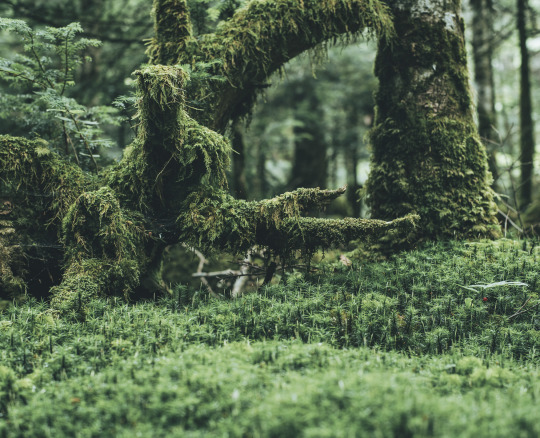

#moss#苔#森#forest
#forest#plants#森#植物#nature#forest floor#forestcore#mushrooms#fungi#mycology#mushroom photography#amanita muscaria#suillus granulatus#amanita pantherina#nature photography#moss#original photographers#photographers on tumblr
90 notes
·
View notes
Text

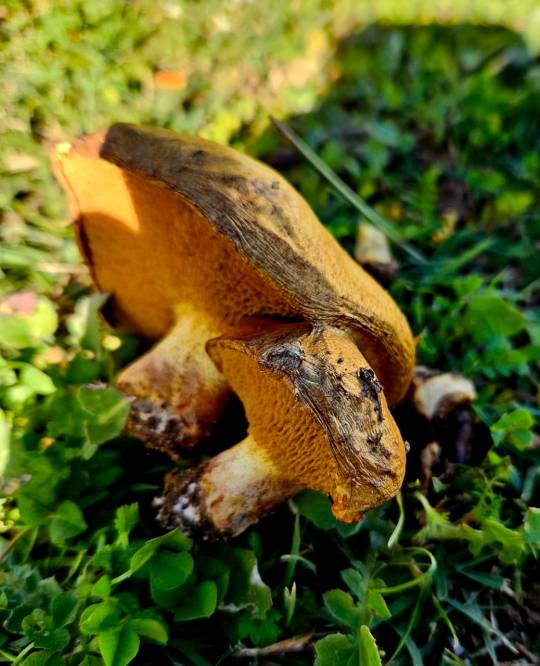
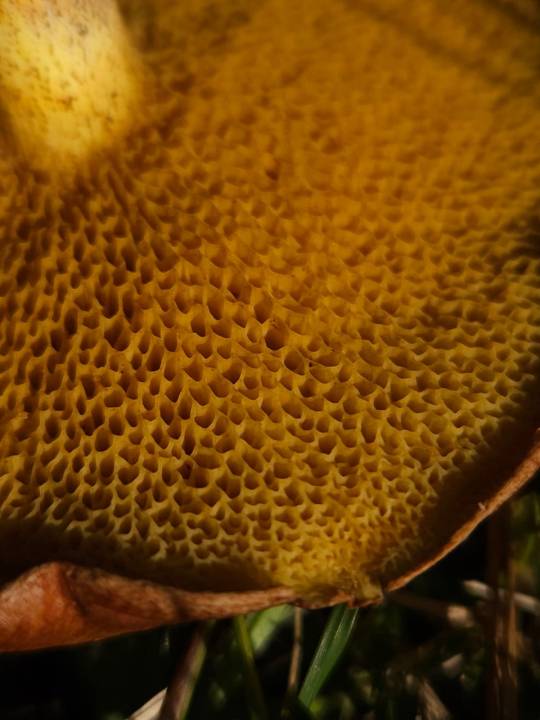
weeping bolete // by @/mycoblogg.ig on iG :-)
#• @mycoblogg.ig •#[suillus granulatus]#: granulated bolete :#: weeping bolete :#||#cottagecore#forestcore#fungi#fungus#mycology#amateur mycologist#earth#foraging#mushroom#photograph#my photography#image description in alt#weeping bolete#suillus granulatus#granulated bolete#exploring#south africa#tw trypo#trypo
5 notes
·
View notes
Photo


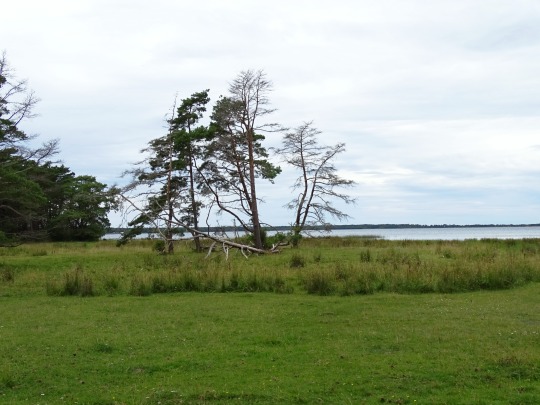
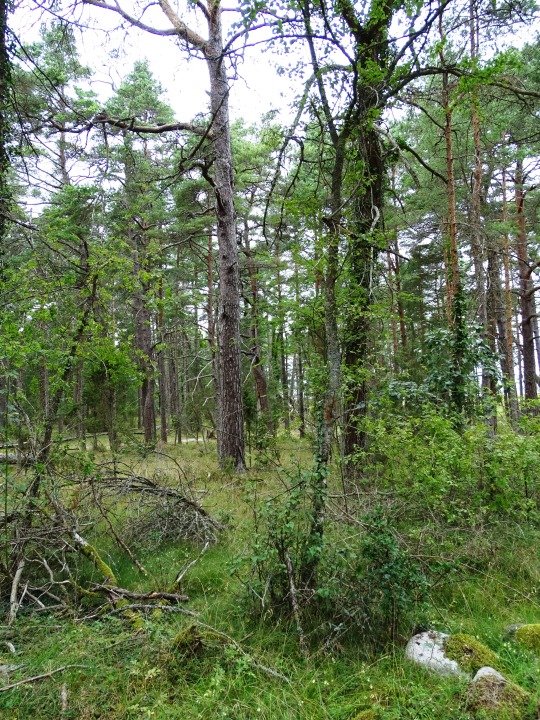


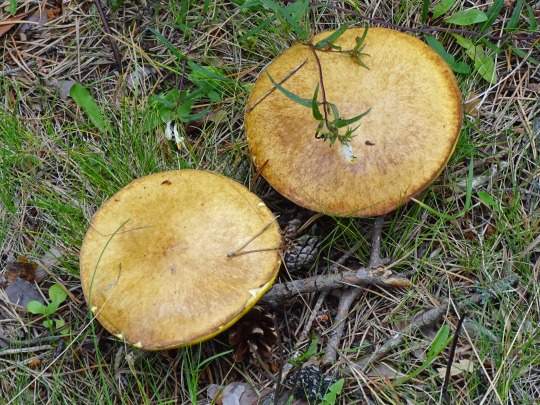
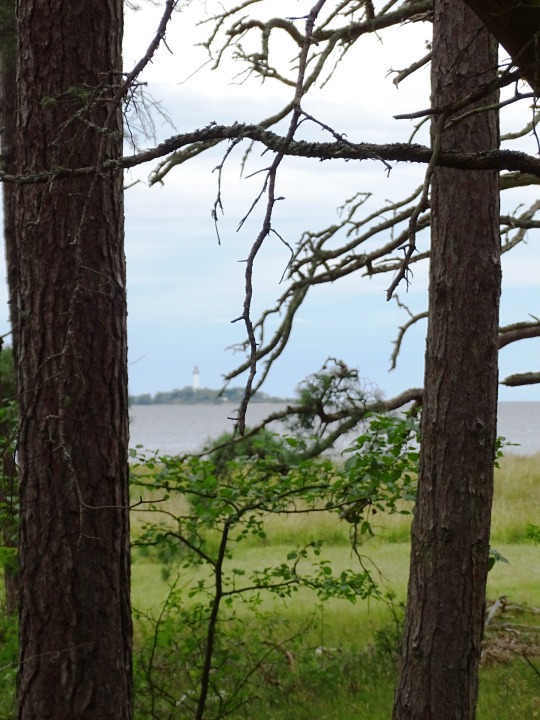

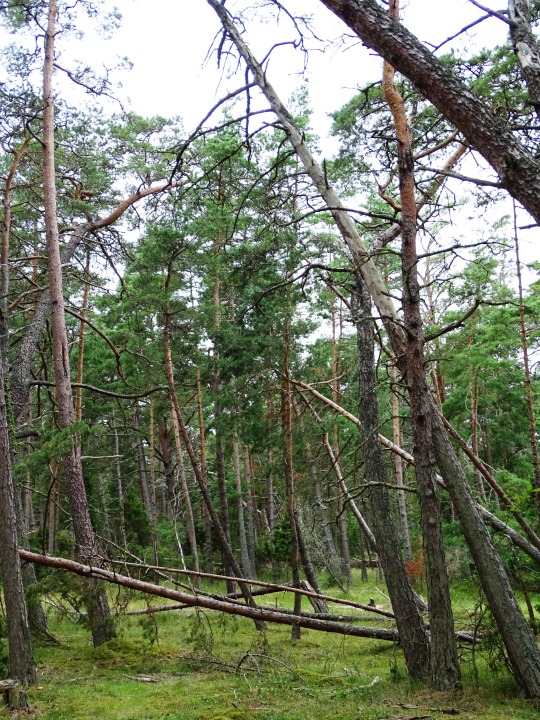
Trollskogen, Sweden (No. 1)
Trollskogen ("enchanted forest" or "troll's forest") is a windswept, grazed pine forest and nature reserve in the northeast corner of the Baltic island Öland, Sweden (Böda socken, Borgholm Municipality). The forest is on a promontory with an exposed shingle beach on the eastern side, the side of the Baltic Sea, and a sheltered bay on the western side, of Grankullaviken bay. The 100-hectare (250-acre) reserve, formerly a Domänreservat (protected by the Swedish government forestry agency), is part of the Böda Kronopark. Its southeastern boundary is also the north border of the nature reserve Bödakusten östra.
Source: Wikipedia
#Trollskogen#Suillus granulatus#mushroom#forest#woods#tree#pine#Öland#Kalmar County#original photography#landscape#countryside#travel#Kalmar Strait#Kalmarsund#Baltic Sea#nature reserve#Sweden#Sverige#Scandinavia#Northern Europe#Böda Kronopark#Bödakusten östra#Tall Erik#lighthouse#grass#meadow#architecture#summer 2020#tourist attraction
3 notes
·
View notes
Text
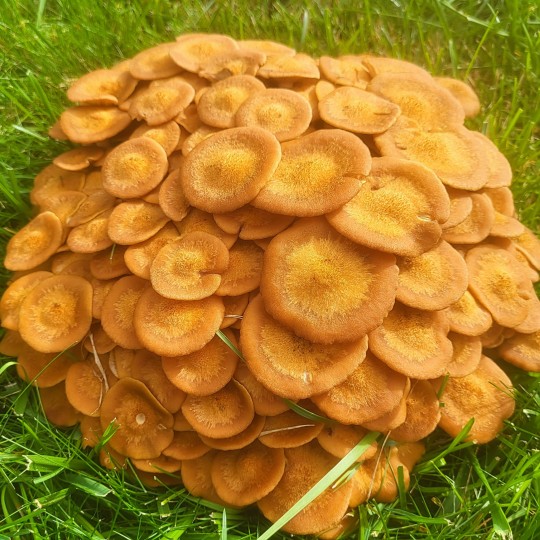


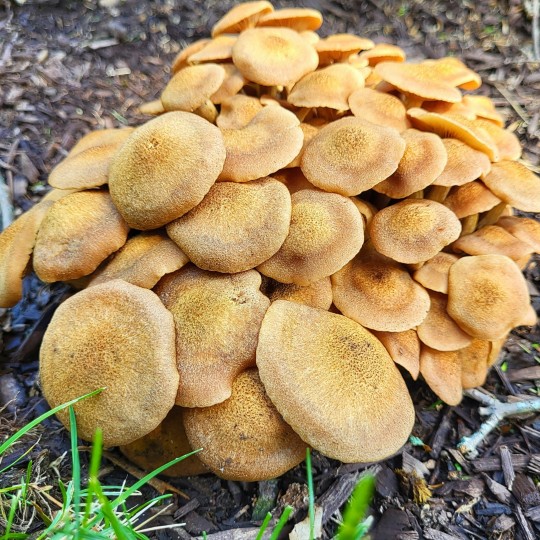
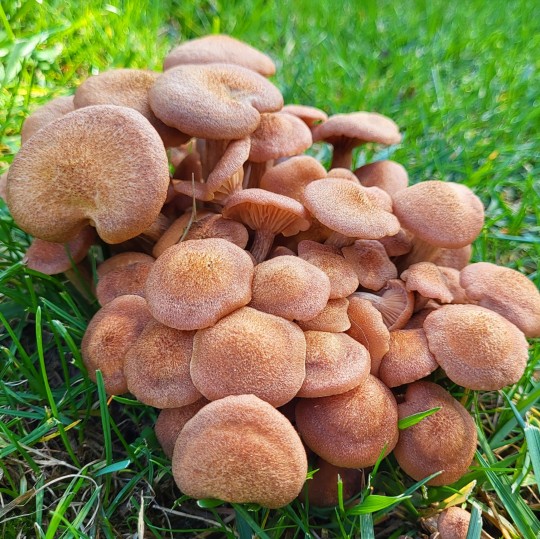
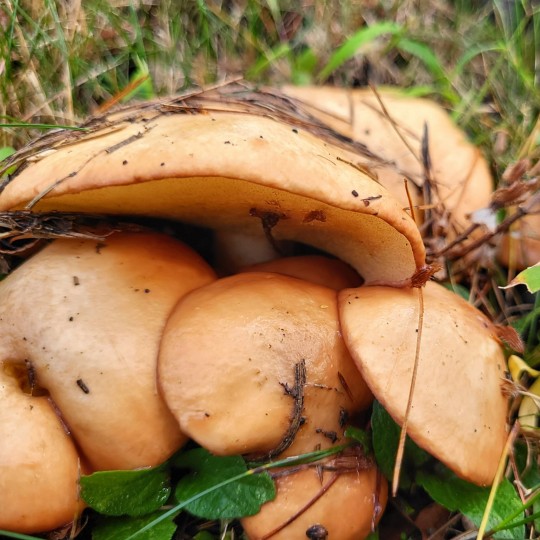
Honey mushrooms and Suillus granulatus
#mycology#fungi#mushrooms#nature photography#dirtcore#goblincore#forestcore#forest floor#foraging#nature#the fungus among us
279 notes
·
View notes
Text
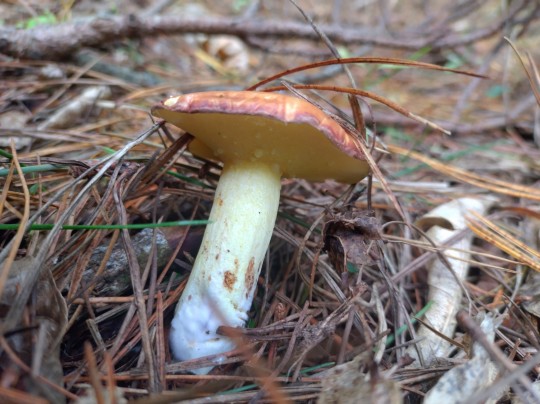
Weeping Bolete [Suillus granulatus]
9 notes
·
View notes
Text
#1851 - Suillus sp. - Slippery Jack

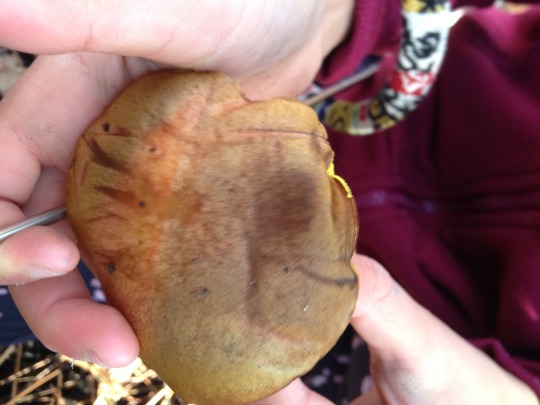
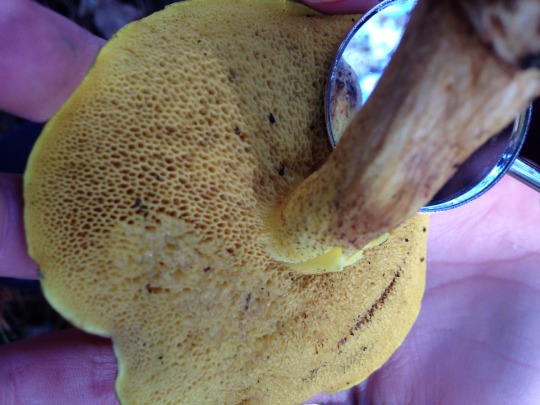
Also known as Butter Mushrooms, or in the case of the species formerly in the genus Fuscoboletinus, Larch Boletes. Other synonyms include Pinuzza, Boletus sect. Viscipellis, Euryporus, Cricunopus, Rostkovites, Peplopus, Ixocomus, Boletopsis, Solenia, Mariaella, and Gastrosuillus.
Suillus species, named after the Latin for pig, have greasy or slippery caps resembling a pig’s skin, and some species are highly desirable as food. However, the slimy cap can be a purgative, at least in some species.
Most grow in close mycorrhizal association with pines, and some have been spread around the world in pine plantations. That was the case here, with what is either Suillus granulatus (also known as the Weeping Bolete) and Suillus luteus, which I found growing in an abandoned pine plantation out in Jarrahdale SW of Perth. It’s probably granulatus, because it doesn’t have a ring around the stipe.
6 notes
·
View notes
Text
10 au 16 octobre 2022
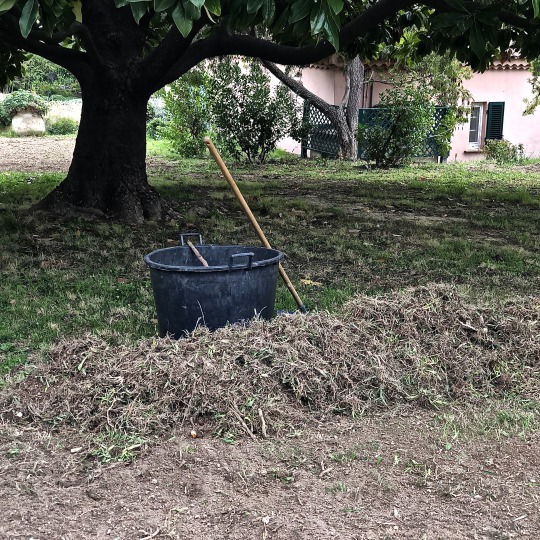

Another week of cutting back and autumn cleaning. I also started raking the meadow area, for a second time this year. I had to buy some knee pads due to all the cutting down of the Iris unguicularis and next the Hyparrhenia hirta and bulb planting.

Lucien arrived Tuesday and we went to his father’s house for dinner on Wednesday. I have to learn how to play belote. They love playing it and it needs four people to play in two teams.
My trottinette has another flat tire. I tried fixing it and the patch leaked anew. I will try replacing it with a solid tyre. It was very useful especially given the lack of petrol due to the strikes.
On Saturday night Lucien made a delicious chicken pie and a pear and chocolate cake for dessert. André joined us and we had a very nice evening.
We were up early Sunday morning because I ran the Courir pour une Fleur around the Cap d’Antibes. It was my first organised 10k. I ran it in just over 53 minutes and was the 483rd across the finish line. Not bad for never training.

Meanwhile in California, my cousin’s first grandchild (aka first cousin twice removed) was born, Parker Black.

Plant of the week
Suillaceae Suillus collinitus (Fr.) Kuntze
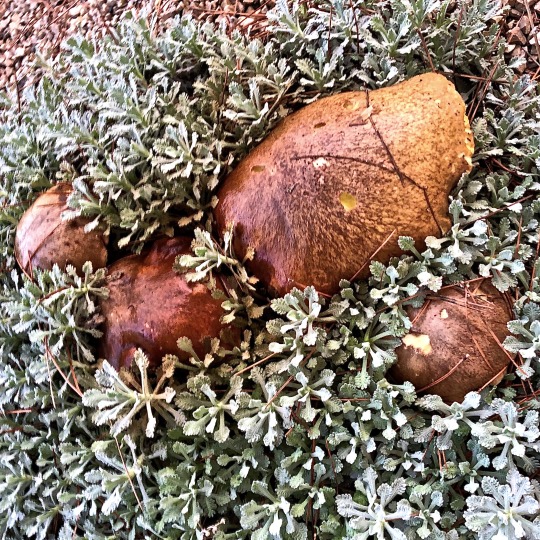
common name(s) - ringless yellow boletus; français : Bolet à mycélium rose
infraspecific(s) - Suillus collinitus var. aureus Huijsman; Suillus collinitus var. velatipes Contu, Lavorato & Simonini
synonym(s) - Boletus collinitus Fr.; Suillus fluryi Huijsman
conservation rating - none
native to - Europe
location - Domaine de l’Orangerie
description - reddish to chestnut-brown cap that reaches up to 110mm in diameter, and a yellow stem measuring up to 70mm tall by 10 to 20mm thick; on the underside of the cap are small angular pores, initially bright yellow before turning greenish-brown with age; a characteristic feature that helps to distinguish it from similar Suillus species, such as S. granulatus, is the pinkish mycelia at the base of the stem
spores - are seen ochre-brown in mass, but pale yellow when viewed with a light microscope; are fusiform (tapered at each end); basidia (spore-bearing cells of the hymenium) are four-spored
habitat - European pine forests, especially Pinus halepensis
pests - none found
disease - none found
hardiness - to -15ºC (H5)
soil - dry sandy soils
sun - dappled shade
propagation - does not typically produce fruit bodies in young plantations; fruiting behaviour may be attributed to the typically nutrient-poor xeric Mediterranean environment in combination with a lack of tree canopy; absence of above-ground indicators of fungal presence makes analysis of underground populations difficult
nomenclature - Suillaceae - Suillus - from the Latin noun sus, meaning pig, Suillus therefore means of pigs (swine) and is a reference to the greasy nature of the caps of nearly all fungi in this genus; collinitus - derived from Latin for smeared or greased, besmeared
NB - a mycorrhizal species, and forms associations with several species of pine, most notably Pinus halepensis the Aleppo pine, commonly used in reforestation schemes and soil conservation against erosion in the Mediterranean region, and S. collinitus is often used as a beneficial inoculant to help the young trees better survive in typically harsh soil conditions.
References :
First Nature [online] https://www.first-nature.com/fungi/suillus-collinitus.php [13 Nov 22]
Gledhill, David, (2008) “The Names of Plants”, fourth edition; Cambridge University Press; ISBN: 978-0-52168-553-5
Ultimate Mushroom [online] https://ultimate-mushroom.com/edible/261-suillus-collinitus.html [13 Nov 22]
Wikipedia [online] https://en.wikipedia.org/wiki/Suillus_collinitus [13 Nov 22]
0 notes
Photo


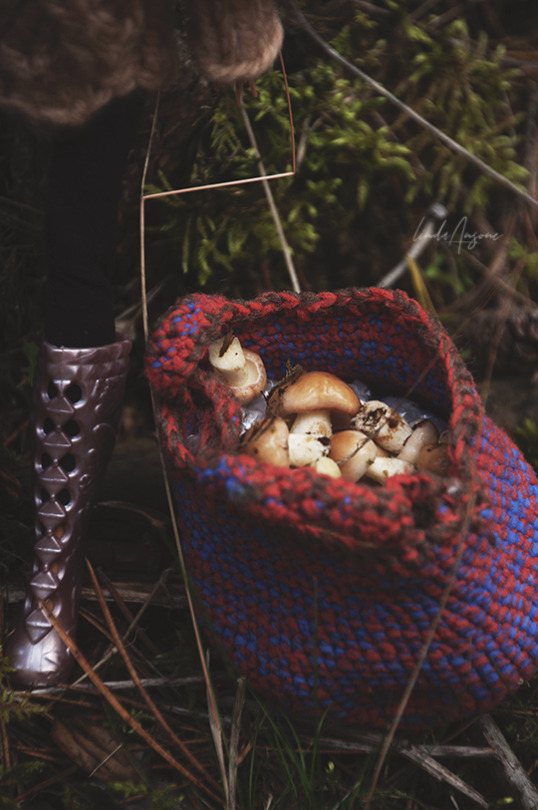
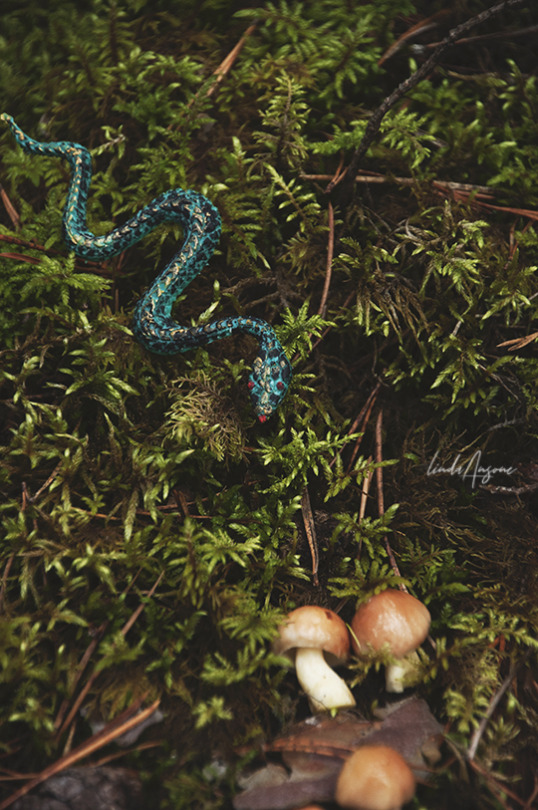
#doll#dolls#doll photography#clawdeen wolf#custom doll#ooak doll#monster high#monster high doll#mh ooak#mh repaint#mh custom#toycore#dollcore#mushrooms#boletes#suillus granulatus#original photography#snake#forestcore
28 notes
·
View notes
Photo

Another shot of my sandy mushroom find~
#personal#mushrooms#mushroom#fungi#fungus#nature photography#nature#toadstool#suillus granulatus#fairycore#goblincore#naturecore#cottagecore#winter
6 notes
·
View notes
Text


Suillus granulatus (Weeping bolete)
#suillus granulatus#boletes#mushrooms#fungi#forest floor#forestcore#naturecore#nature photography#nature#original photographers#photographers on tumblr#mycology#weeping bolete
506 notes
·
View notes
Text


stars
#forest#plants#森#植物#nature#forest floor#forestcore#fungi#mycology#mushroom photography#amanita muscaria#suillus granulatus#amanita pantherina#nature photographs#original photographers#photographers on tumblr#sky#stars
#stars#nature#galaxy#outer space#planet#night sky#space#ensemble stars#naturecore#star stable online
50 notes
·
View notes
Photo

#mushrooms#mushroom#fungi#fungus#mycology#suillus granulatus#suillus luteus#slippery jack#boletes#nature#forest#woods#woodland#pine#pine needles#clovers#gif#winter#autumn#mushroom foraging#mushroom hunting
20 notes
·
View notes
Photo

Mushroom Guidesheet #7--Common Suilus Species!
Suillus is a genus of Boletoid mushrooms which are mycorrhizal with various conifer species, such as pine, hemlock, spruce and larch. They are known as fantastic edibles, relatively easy to come by and identify, with dozens of species to choose from. Here's a summary of how to find and identify three of the most common species collected for food in North America.
Suillus americanus identification traits:
-The "Chicken Fat Mushroom" pairs most often with white pine and is a bright, "chicken-fat" yellow on all parts.
-When young and fresh, the stem and pore surface, sometimes also the cap, will exude a greasy substance much like chicken fat.
-Cap will nearly always be greasy or tacky, usually about 2 inches across average size with a proportionally skinny stem.
The Chicken Fat Mushroom is highly praised as an edible and is native to the eastern US and Canada. Look under white pine trees beginning in June, the day after rainfalls. When conditions are right, dozens are known to fruit from single organisms.
Suillus granulatus identification traits:
-A broadly-partnering species superficially similar to the related Jersey Cow Bolete, Suillus bovinus.
-Cap is brown, slimy to greasy or tacky depending on humidity. May be plain or have some slight darker patches or "scales".
-Stem near the pore surface will have tiny, easily brushed-aside "granules" attached. Fresh specimens have a higher chance of having their granulated stem intact.
-Grows with a variety of pine species, including two-needle and three-needle species. May also appear with hemlocks.
Granulated Boletes are the most common Suillus growing in late summer and autumn. This is handy, as they can fruit in the hundreds and are considered a AA+ grade edible, with tender flesh and a savory flavor. I have several in m' fridge currently as the pine trees nearby are producing a continuing series of fruitings with every rain.
Suillus spraguei/pictus identification traits:
-A beautiful and colorful Suillus, growing most often with red pines, sometimes with hemlocks and introduced Scots pines.
-Cap is yellow in underlying color, with thick covering of reddish scales or fibrils that spread further apart as the cap opens.
-This species displays a partial veil, delicate and membranous, over the lemon-yellow pores when young. As the mushroom matures this veil tears and some remnants will be left on the cap edge and stem.
-Flesh, when cut, stains slightly reddish. This stain fades back to yellowish color over time.
The Painted Bolete is one of the most visually impressive Suillus. It doesn't usually fruit in large numbers, but including a few in your dish can be worthwhile when they are numerous. Like cilantro, this mushroom species can taste wildly different (good or bad) depending on the person--be sure to taste a small sample before deciding if this species is in your list of edibles!
Some notes to basic Suillus genus identification:
-Suillus are mushrooms best known for the gourmet Slippery Jack, Suillus luteus, which displays many features that define the genus. Partial veils of a membranous substance are common in many species as are a squat, ground-hugging stature, yellowish-to-cream pore surfaces that are easily peeled away from the cap, greasy caps whose cuticles are also conveniently easy to peel away, and delicate tender cap tissue which is generally non-staining and pale in color. Suillus do not grow from wood or dung but form underground symbiosis with conifer trees--they are growing directly from the forest soil and commonly form "fairy rings" or crescent shapes around their partner trees.
Notes on prepping Suillus for cooking:
-Some people report the greasy cap cuticle and pore layers of Suillus mushrooms can cause gastrointestinal distress in those with pre-existing digestive conditions. For safe handling and cleaning of these species, it's recommended you peel the cap skin and pore surface from the caps before wiping the mushroom clean with a damp cloth and allowing to air dry a few moments prior to cooking.
-Never eat any mushroom that you cannot identify with confidence. If you are unsure, consult an expert or simply choose caution and eat something else. XD Better safe than sorry--toxic boletoids are extremely rare but they do exist.
^u^ I really enjoy some beer-battered fried Suillus, roasted Suillus with meat and veggies, Suillus browned and then added to wild mushroom soups... they're excellent little shrooms for eating, 99% foolproof and easy to learn how to avoid that 1% of error. XD
#mycology#mushrooms#mushroom identification#illustrations#traditional media#nature#suillus#suillus americanus#suillus granulatus#suillus pictus#suillus spraguei#bolete mushrooms#edible species#mushroom guides
8 notes
·
View notes
Text
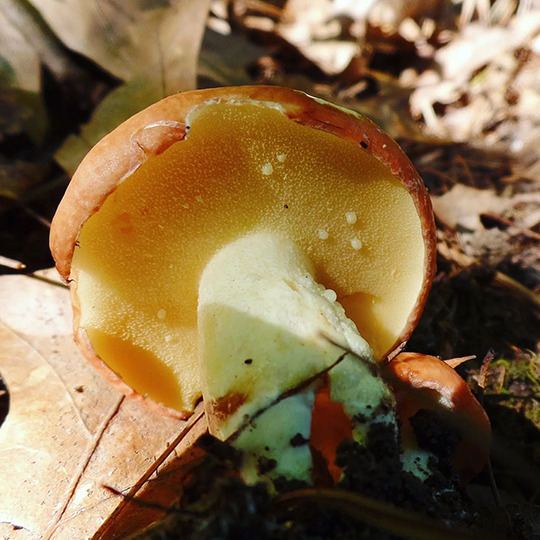

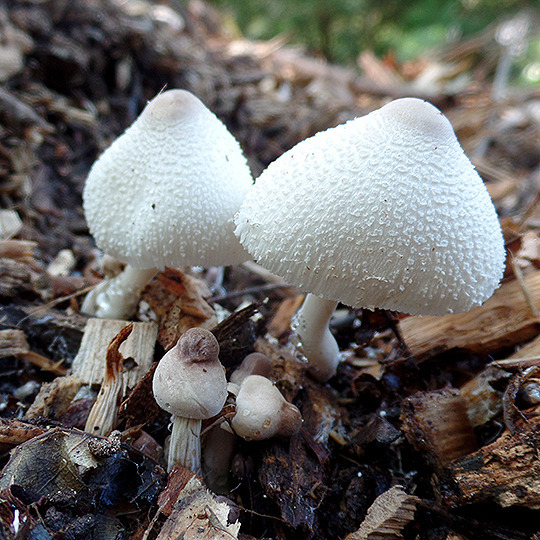


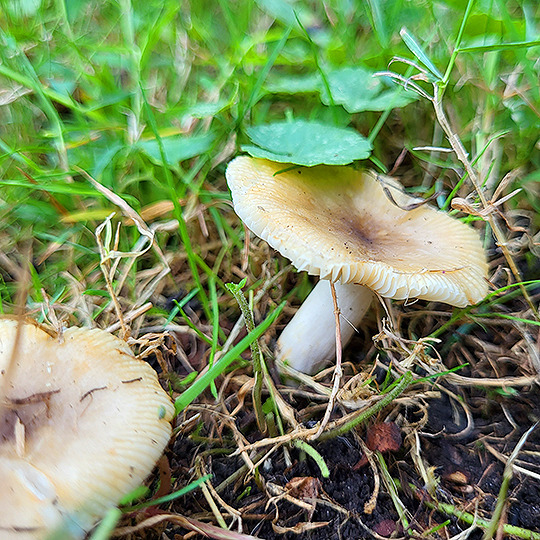
Suillus granulatus, the weeping bolete, as well as Leucocoprinus and Russula sp
#mycology#fungi#mushrooms#nature photography#dirtcore#goblincore#forestcore#woods#forest floor#foraging#nature#the fungus among us
151 notes
·
View notes